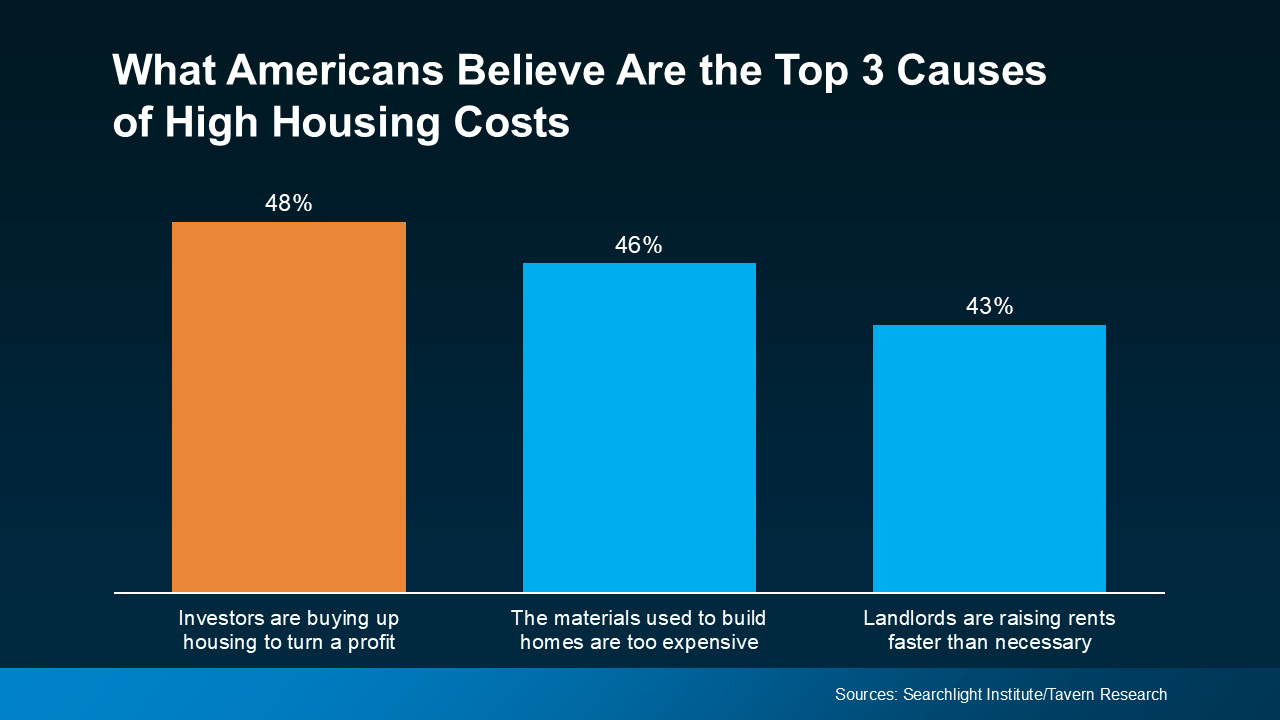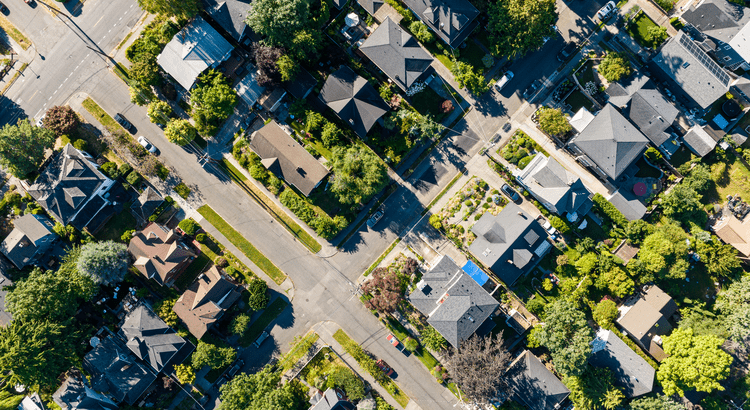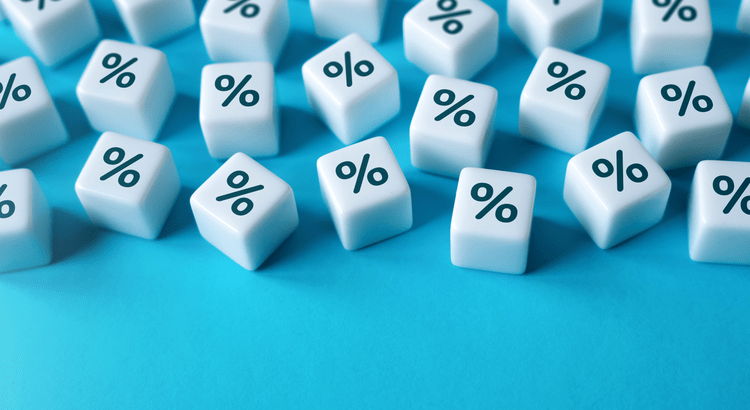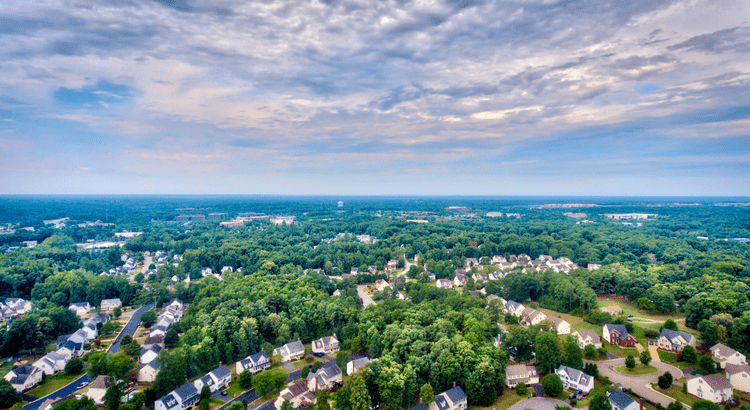Why Homes Feel So Expensive (And It’s Not Because of Investors!)

Ever scroll through your feed and wonder why everyone’s pointing fingers at investors for sky-high home prices? You’re definitely not alone. A lot of people believe that big investors are the ones driving the cost of housing through the roof. But here’s the thing—data tells a very different story.
Let’s dive into the real reason homes feel so expensive right now. Spoiler alert: it’s not the villain you think.
The Investor Myth: Are Big Buyers Really To Blame?
If you’ve been on social media lately, you’ve probably seen the narrative: investors are scooping up homes left and right, leaving everyday buyers in the dust. It’s a catchy story—but it’s not exactly true.
According to a national survey, nearly half of Americans (48%) believe investors are the main reason housing feels unaffordable. It’s an understandable assumption—after all, headlines about “Wall Street landlords” and “corporate homebuyers” can sound alarming.

But once you actually look at the numbers, that theory falls apart.
What the Data Really Shows
Here’s the truth: investors do have a presence in the housing market—but they’re not buying all the homes. In fact, Realtor.com reports that only 2.8% of all home purchases last year were made by big investors (the kind that own 50 or more properties).
That means a whopping 97% of homes were bought by regular people, not faceless corporations.
As Danielle Hale, Chief Economist at Realtor.com, puts it:
“Investors do own significant shares of the housing stock in some neighborhoods, but nationwide, the share of investor-owned housing is not a major concern.”
So, if it’s not investors causing the problem… what’s really behind today’s soaring home prices?
The Real Culprit: Not Enough Homes to Go Around
Let’s cut straight to the point—the main issue isn’t who’s buying. It’s what’s missing: there just aren’t enough homes.
Think about it this way: imagine a small bakery with only ten cupcakes but fifty hungry customers waiting in line. What happens? The cupcakes sell out instantly, and prices skyrocket because demand far outweighs supply.
That’s exactly what’s happening in the housing market.
Robert Dietz, Chief Economist at the National Association of Home Builders (NAHB), explains:
“It's been popular among some to blame investors, but with housing, the economics of that don't make a lot of sense. The fundamental driver of housing costs is the shortage itself—it’s driven by the mismatch between the number of households and the actual size of the housing stock.”
In simple terms: there are too many people looking for homes and not enough homes available for them to buy.
Why the Housing Shortage Exists
You might be wondering, “Okay, but why aren’t there enough homes in the first place?”
Great question—and the answer is layered. Here are a few key reasons:
1. Years of Underbuilding
After the 2008 housing crash, many builders pulled back hard. Construction slowed dramatically, and it never fully bounced back. For over a decade, new homes haven’t kept up with population growth or buyer demand.
2. Rising Construction Costs
Building a home today costs more than ever before. Materials like lumber, steel, and concrete have seen steep price increases. Add in higher labor costs and stricter building regulations, and developers are finding it tougher (and pricier) to build affordable homes.
3. Land and Zoning Challenges
In many areas, available land is scarce—or zoning laws make it difficult to build new housing. Some neighborhoods resist new development to maintain “community character,” but that limits supply and keeps prices high.
4. High Mortgage Rates
Even though rates are starting to stabilize, many current homeowners who locked in super-low rates during the pandemic are staying put. That means fewer homes are hitting the market, keeping inventory tight and prices elevated.
How Low Inventory Impacts You
When supply is tight and demand is strong, prices naturally climb. That’s basic economics. But the effect goes beyond higher price tags—it also creates intense competition among buyers.
You’ve probably seen it: bidding wars, cash offers, waived inspections, and homes selling within days (sometimes hours!) of listing. It can feel impossible to keep up, especially for first-time buyers.
And because so few homes are available, people often end up stretching their budgets just to secure something livable. It’s frustrating—but understanding the why behind it helps make sense of what’s happening.
A Glimmer of Hope: More Homes Are on the Way
Now for some good news. The tide might be starting to turn. Builders are slowly ramping up production, and new listings are trickling into the market.
That doesn’t mean prices will drop overnight—but it could mean more options for buyers in the near future. As inventory increases, competition could ease, and the housing market might finally find some balance.
If you’ve been waiting to buy, keep an eye on local trends. Conditions can vary dramatically by region, and knowing what’s happening in your area can give you an edge when the right opportunity appears.
Bottom Line
It’s easy to blame investors for today’s tough housing market. They make convenient villains, and the story sounds convincing at first. But once you dig deeper, it becomes clear: the real issue isn’t investors—it’s the lack of homes.
The solution? Building more homes, streamlining zoning laws, and boosting construction efforts across the country.
So next time you scroll past a post blaming “corporate landlords,” you’ll know the truth—it’s not about who’s buying, it’s about what’s missing.
And as more homes start to hit the market, buying could finally feel a little more realistic again.
Ready to learn more about what’s happening in your local housing market?
Let’s connect and talk about the trends, opportunities, and upcoming changes that could impact your next move.
Recent Posts










GET MORE INFORMATION
